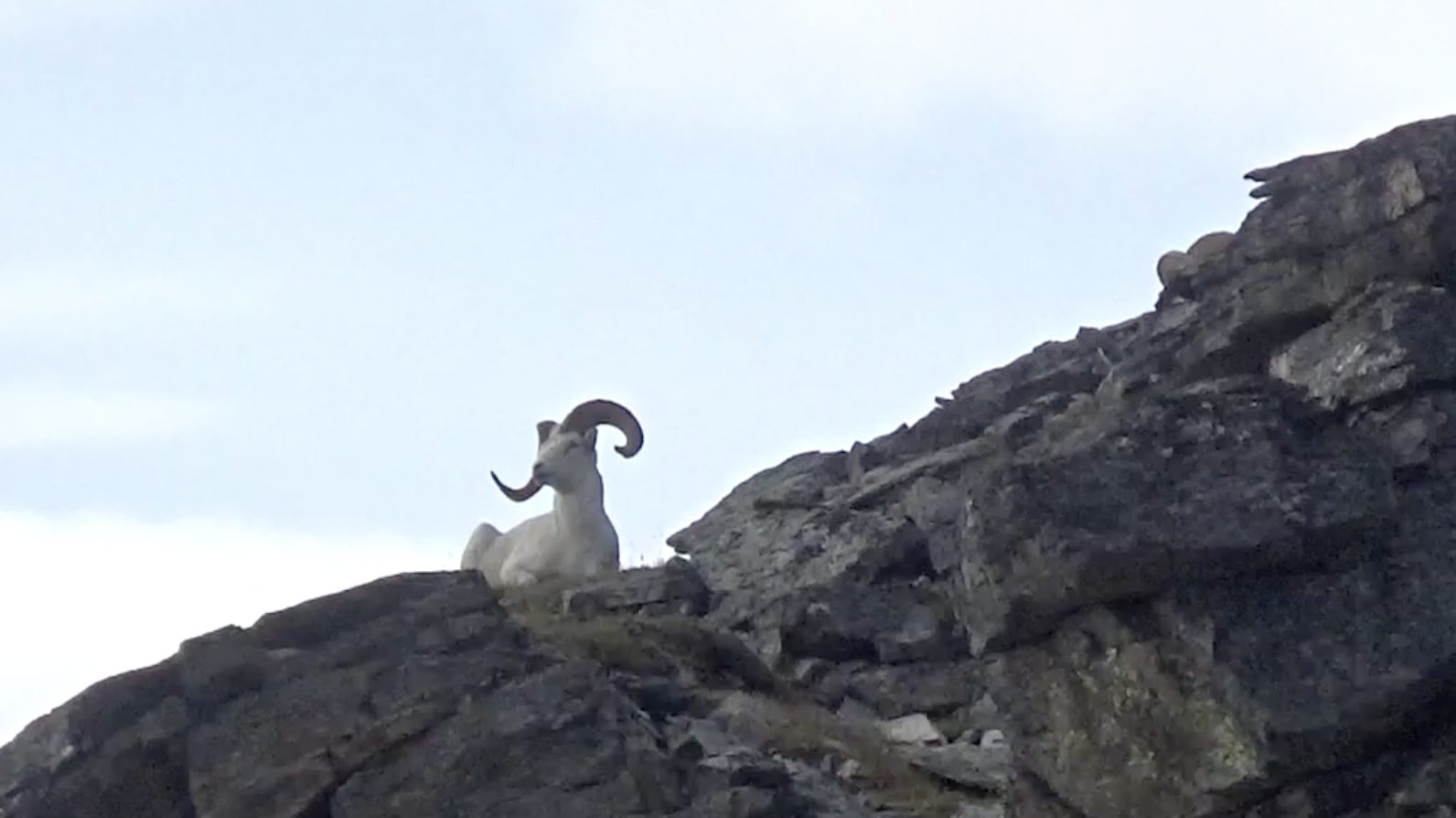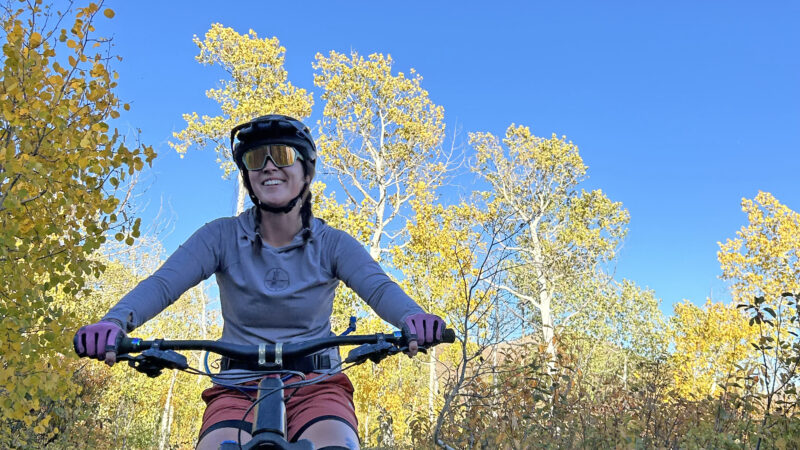The Federal Government Is Increasing Hunting Restrictions and Limiting Access on Millions of Acres of Public Land in Alaska with These 4 Measures
In recent years, we have covered many of the controversial moves by federal agencies and entities which reduce hunting opportunity and access to public lands in Alaska. The state has a long and unique struggle with federal land management agencies jockeying for the power to manage wildlife — a constitutionally assigned responsibility of the state. Much of the conflict is rooted in the Alaska National Interest Lands Conservation Act (ANILCA), which created or added to many of the state’s national parks, preserves, and wildlife refuges and was consequently the largest loss of hunting opportunity and land access in the state’s history.
These issues and regulatory jostling sometimes garner national attention, but even when they don’t, the wheels are always turning. The NPS has made news with its bear baiting rule while the Federal Subsistence Board has been quietly strengthening its restrictions on hunting, too. Here are four of the most significant 2024 federal rule changes we’ve seen that will restrict hunting in Alaska.
National Park Service Bans Bear Baiting on Federal Preserve Lands
Efforts to ban bear baiting on national preserve lands in Alaska were proposed in 2023, and the NPS has recently published its “final rule”on the matter. It reads, in part: “The National Park Service amends its regulations for sport hunting and trapping in national preserves in Alaska to prohibit bear baiting.” This agency-specific rule is being touted as the reversal of a Trump administration rule allowing baiting of brown/grizzly bears, harvesting black bears in their dens, and a few other practices — most of which are rooted in traditional subsistence hunting.
This issue actually began with a 2015 rule put forth under the Obama administration to specifically target what the feds considered to be predator control practices. As it pertains to bear baiting, it banned hunting brown/grizzly bears over baits on both NPS and USFWS managed federal lands in Alaska, encompassing millions of acres. In reality, this had more to do with social science and preservationist sentiments than public safety. It still does. In 2017, Congress (not the Trump administration) overturned the rule, and both the USFWS and NPS had to walk it back, finally issuing a “final rule” that removed those restrictions in 2020.
The current rule issued pertains not just to brown/grizzly bears, but all bear baiting on preserve lands, and is simply the latest iteration of the NPS flexing its preservationist agenda. The base argument for this rule is safety. The NPS argues that bears conditioned to hunters’ bait stations pose a threat to other public users, and suppose that the bait stations themselves could cause aggressive behavior from bears toward a passerby.
A concentration of bears immediately around a bear bait site can be dangerous, but it’s worth noting that the State of Alaska already has restrictive rules on where and how hunters are allowed to bait bears. Hunters are not allowed to set a bear bait within a mile of any home, school, business, or basically any permanent seasonal dwelling, or within a quarter mile of any publicly-maintained road or trail, campground, or developed recreational area. Strict cleanup and signage requirements are also in place. Most human-bear conflict is the result of close living proximity and bear access to garbage. The NPS rule references the state’s requirements but doesn’t provide any statistics or evidence to support the claim that bear baiters are making these areas unsafe. They only offer a vague claim that some bear baiters in Wrangell St. Elias National Preserve don’t follow the rules.
Bear baiting is popular in many areas of the state and is sometimes the only effective method for selectively harvesting mature bears — or any bears at all. It’s a management tool that the state values greatly, and simply hasn’t seen the supposed negative impacts that the NPS is basing its rule on. Based on the agency’s track record, many hunters consider this rule an effort to further a preservationist agenda rather than the result of a legitimate safety concern.
Federal Subsistence Board Codifies the Closure of Federal Lands to Non-Local Caribou Hunters in Unit 23
After a controversial emergency action was proposed to the Federal Subsistence Board in 2021, then passed, millions of acres of federal public lands were closed for caribou hunting to non-qualified subsistence users — essentially anyone who doesn’t live in the area. The FSB passed a two-year closure of the area as a symbolic effort to stave off the current cyclic decline of the Western Arctic Caribou Herd. We have covered this issue in depth, and the point of contention is that historically, non-local hunters have taken an insignificant number of caribou per year (around 300 bulls) compared to 11,000 to 14,000 caribou for subsistence use — historically including many cow caribou, which are the main driver of the population, according to the Alaska Department of Fish and Game.
At its 2024 regulatory meetings, the FSB officially adopted a regulation that permanently closes federal lands in Unit 23 (approximately 60 million acres) to non-local caribou hunters during the normal fall caribou season unless the Western Arctic Herd is above 200,000 animals. The board did also take the step of limiting the subsistence harvest to 15 caribou per person per year with only one cow allowed (there was previously no limit on cow or calf caribou). Like the original special action request, this closure doesn’t enact a meaningful tool for herd conservation, and now the exclusion of non-local hunters is permanent depending on herd size, which naturally grows and declines dramatically.
Federal Subsistence Board Keeps Federal Lands in Central Brooks Range Closed to Sheep Hunters Until 2026
On the heels of the Unit 23 Caribou closures, federal lands in the central Brooks Range surrounding the Dalton Highway were closed to sheep hunters for two years in 2022 through WSA 22-02. This emergency closure was put forth and enacted based on an appeal penned by Western Interior Alaska Subsistence Regional Advisory Council chairman Jack Reakoff, who claimed there was an absence of mature rams immediately adjacent to the Dalton Highway itself. Many areas of Alaska experienced sharp sheep population declines as the result of back-to-back harsh winter conditions between 2019 and 2021, and populations in the area were certainly affected.
In 2024, the FSB quietly extended the closure for two more years during their regulatory meetings. The closures affect one of the largest walk-in hunting areas in Alaska, and one of the largest bowhunting-only areas in the world. The closure continues to be opposed by the State of Alaska, which regulates hunting in the area through the full curl regulation which targets mature rams eight years of age or older — though some younger rams can be legal under these requirements.
Opponents of this closure view it as both unnecessary and an abuse by the FSB. The population decline was admittedly weather-caused, and populations in both hunted and un-hunted areas were affected. With no clear goalposts, many Alaskan resident sheep hunters fear that like previous closures of the western Brooks Range, we may never regain access.

FSB Closes Federal Lands in Yukon-Charlie National Preserve to Sheep Hunters for Another Two Years
Along similar lines as the Brooks Range Closure, the National Park Service requested that the FSB close federal lands in the Yukon Charlie National Preserve to sheep hunters via WSA 23-05 — which was passed just days before the 2023 hunting season opener. Through 2024 special action request WSA24-01, the FSB has closed the area again, this time for two additional years.
These areas were surveyed in 2023 and did show dramatically reduced sheep populations. But they are home to historically sparse, scattered sheep populations and experience low hunting pressure. In fact, the 2.5 million acre area has generally averaged a harvest of only 1.5 rams per year according to ADFG. Also concerning is the leveraging the FSB to enact these closures, when there is no existing subsistence hunt for sheep in these areas.
Sheep hunter numbers have steadily declined since the 1980s and 1990s, averaging 3,097 hunters from 1980 to 2000; 2,489 hunters between 2001 and 2022, and only 1,412 hunters reported for 2023 as of December, according to ADFG sheep biologist Brad Wendling. The reduction in hunter numbers recently is likely influenced by the 2019-2021 winter sheep declines, but also follows the larger pattern of loss of access to public lands for hunting — with much of the sheep country in the state being plucked away from hunters since ANILCA was enacted in 1980.
The post The Federal Government Is Increasing Hunting Restrictions and Limiting Access on Millions of Acres of Public Land in Alaska with These 4 Measures appeared first on Outdoor Life.
Source: https://www.outdoorlife.com/conservation/federal-hunting-restrictions-alaska/





